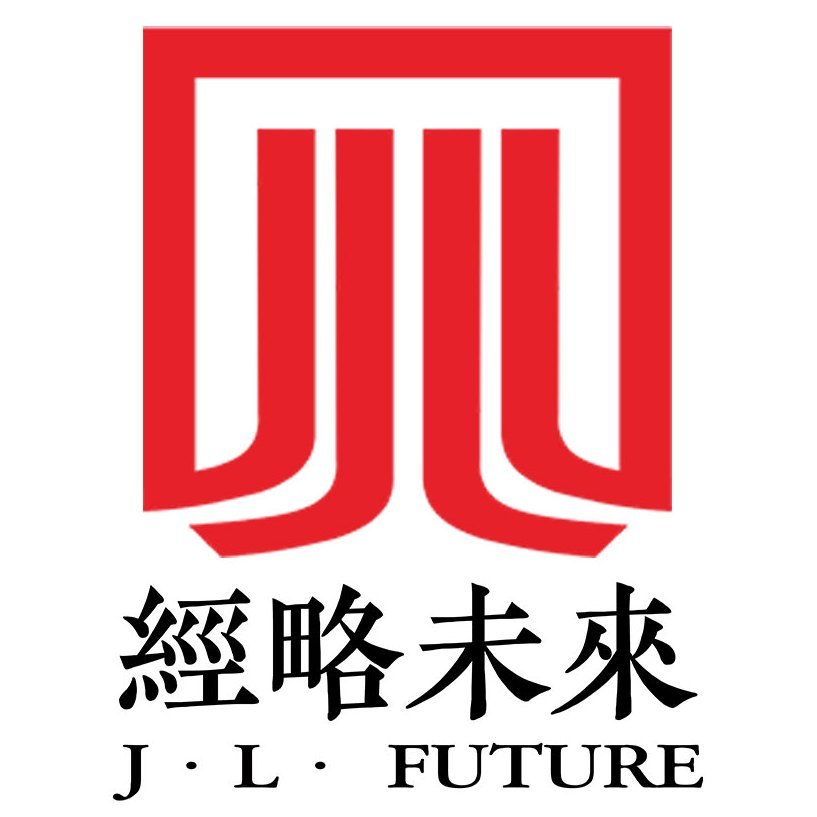
level 9
Microwave dielectric properties of ceramics based on
CaTiO3–LnMO3 System (Ln–La, Nd; M–Al, Ga)
Abstract
Structural features and microwave dielectric properties of LnMO3–CaTiO3 samples (where Ln stands for La or Nd, M stands for
Al or Ga) are studied. Solid solutions with the rhombic perovskite structure are shown to be formed with increasing molar concentration
of LnMO3 up to _35% (for Ln–Nd, M–Al) or _40% (for Ln–La, M–Ga). Further increase of the neodymium aluminate
or lanthanum gallate molar content in the solid solution up to 70% leads to formation of solid solutions with the tetragonal
perovskite structure. A family of promising ceramics for application in the microwave technology with dielectric permittivity lying
within the range from 43 to 48, the dielectric permittivity temperature coefficient being near to zero, and heightened quality factor
(Q.f 540,000 GHz) are obtained.
# 2003 Published by Elsevier Ltd.
Keywords: Dielectric properties; Impurities; Milling; Sintering; Microwave ceramics; (Ca,La,Nd)(Ti,Al,Ga)O3
1. Introduction
Ceramic materials based on calcium-titanate, lanthanoidaluminate solid solutions attract interest for applicationsat microwave frequencies because of their ratherhigh dielectric permittivity with small orvanishing dielectric permittivity temperature coefficientand small enough dielectric losses within the widetemperature and frequency range.Materials belonging to this system, known as ALTK(CaTiO3–LaAlO3), have been widely applied as dielectricsfor high-frequency capacitors.1,2 By synthesis ofcontinuous families of perovskite solid solutions in thissystem it is possible to obtain a series of high-frequencyceramics for capacitors of various temperature stabilityclasses from
+3
3ppm/_C to _750 ppm/_C with " from36 to 110. Nenasheva et al.3,4 obtained microwavedielectrics based on ALTK with "=40–45 and _f from_10 to +10 ppm/_C with Q.f 545 000 GHz for _f _0,
"=43.The basic process for synthesis of the ALTK materialswas chemical coprecipitation from solutions of salts with subsequent sintering of the precipitate.1,5 Thistechnique ensures lowering of the solid solution formingtemperature to _1150 _C and gives Q.f up to 60,000GHz, but it is rather expensive.The aim of this work was to investigate the possibilityof increasing the dielectricpermittivity of these materials,keeping the quality factor high enough (Q.f no less
than 40,000 GHz), _f near to zero and high linearity ofthe frequency shift _f dependence within the wide temperaturerange. To minimize cost it is important that preparation of the parent powders is carried out via thetraditional ceramic technique.Solid solutions of the xLnMO3–(1_x) CaTiO3 system are studied in this work (where Ln stands for La or/and Nd and M stands for Al or/and Ga) within the range of x from 0.1 to 0.7.
2. Preparation of samples
The parent powders were prepared via the conventional
solid-phase synthesis technique from TiO2, alumina,
rare-earth, and gallium oxides and from calcium
carbonate at temperatures of 1320–1400 _C (depending
�
2010年04月28日 08点04分
6

level 9
on a composition systems) for 4 h. After subsequent milling, samples in the form of dielectric resonators (DR) were prepared. They were sintered to high density at temperatures within the range 1450–1540 _C for 3 h in
air.The quality factor Q and _f were measured for test samples of the DRs at a frequency of 8 GHz within the temperature range _80 to +80 _C.X-ray investigation of samples was carried out using
the X-ray difractometer DRON-3 (Cu Ka, Ni-filter).
�
2010年04月28日 08点04分
7

level 9
Our study has shown that a family of solid solutions
with the perovskite structure are formed within the
concentration range up to x=0.7. The X-ray study
results for samples of the system xNdAlO3–(1_x)
CaTiO3 are presented in Table 1. All investigated samples
were predominantly single-phase. The total impurity
concentration in any sample does not exceed 3%.
The rhombic perovskite is formed as the neodymium
aluminate concentration increases up to 35 mol.%.
The unit cell volume decreases with increasing x.
From x=0.40 up to x=0.60 the tetragonal perovskite is
formed. The composition with x=0.40 still has some
features of weak rhombic distortion. The pseudocubic
perovskite is formed at x=0.70. The calculated unit cell
volume steadily decreases with increasing x (see Table 1
and plot 1 in Fig. 1). Values of " and of __ are presented
in Fig. 2 as function of the solid solution composition.
It is seen that " decreases and __ increases up to +150
ppm/_C at x=0.70, as the neodymium aluminate content
increases. The solid solution permittivity equals
43.5 at the concentration where the value of __ is equal
to zero (see Fig. 2).
Substitution of 50 at.% neodymium by lanthanum
leads to an increase of the unit cell parameters and
volume of the solid solutions (plot 2, Fig. 1), but the
permittivity and its temperature coefficient (Fig. 2,
dashed line) do not change significantly from the first
set of data.. The concentration range, where a transition
�
2010年04月28日 08点04分
9

level 9
回复:8楼
我看到勒个脑壳都大哒……
当时英语课全睡瞌睡切哒!
2010年04月28日 08点04分
10

level 9
回复:17楼
呵呵,这不是公司内部文章,只是一篇论文,没有内部资料啊!
2010年04月28日 11点04分
20

level 8
。。。
我还以为是你们公司的内部质料呢。
是一个配表。
2010年04月28日 11点04分
21

level 9
有关微波介质陶瓷的一篇论文!我英语太差,看着就头大!呵呵,想请人帮帮忙呢!
2010年04月28日 11点04分
22

level 8
我帮你翻译出来了
不过我现在在网吧,。
等下我回家了发给你?
2010年04月28日 12点04分
23